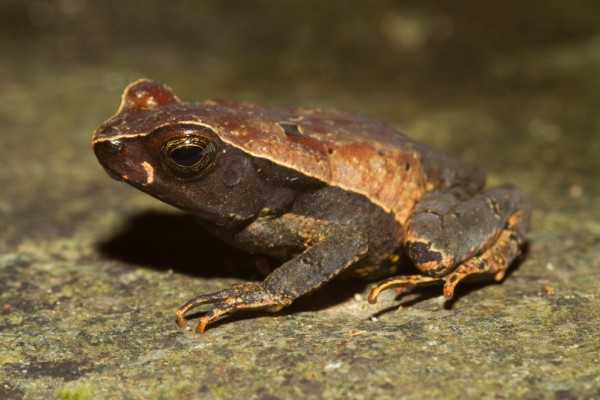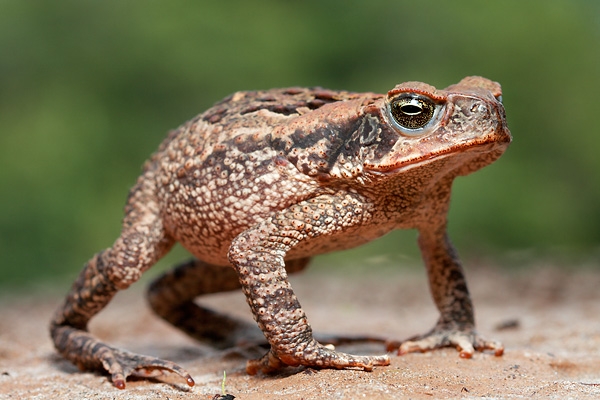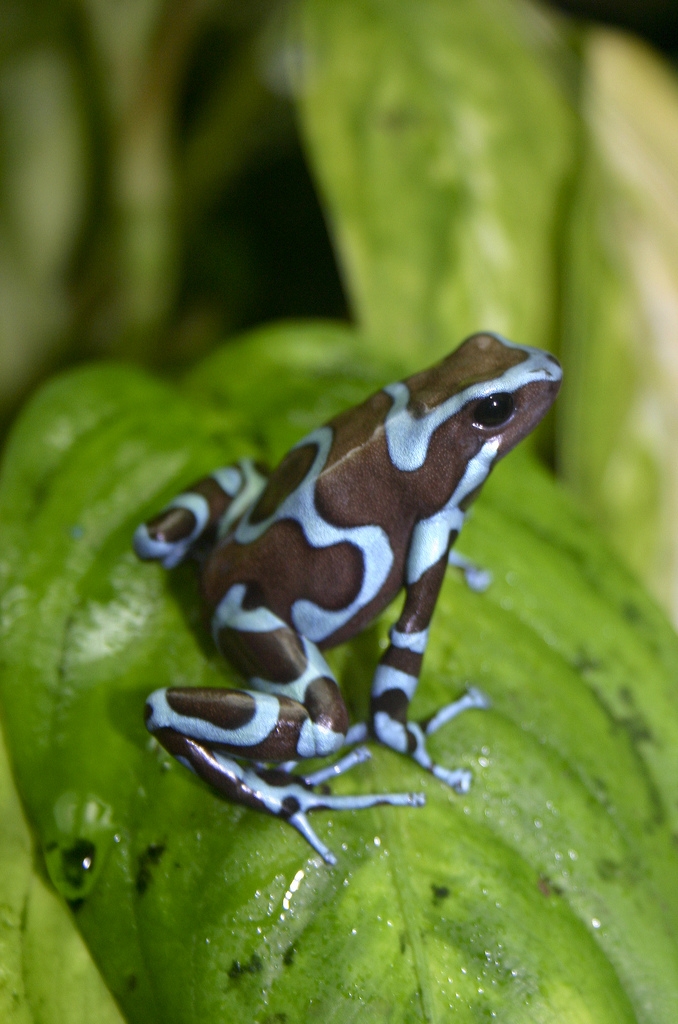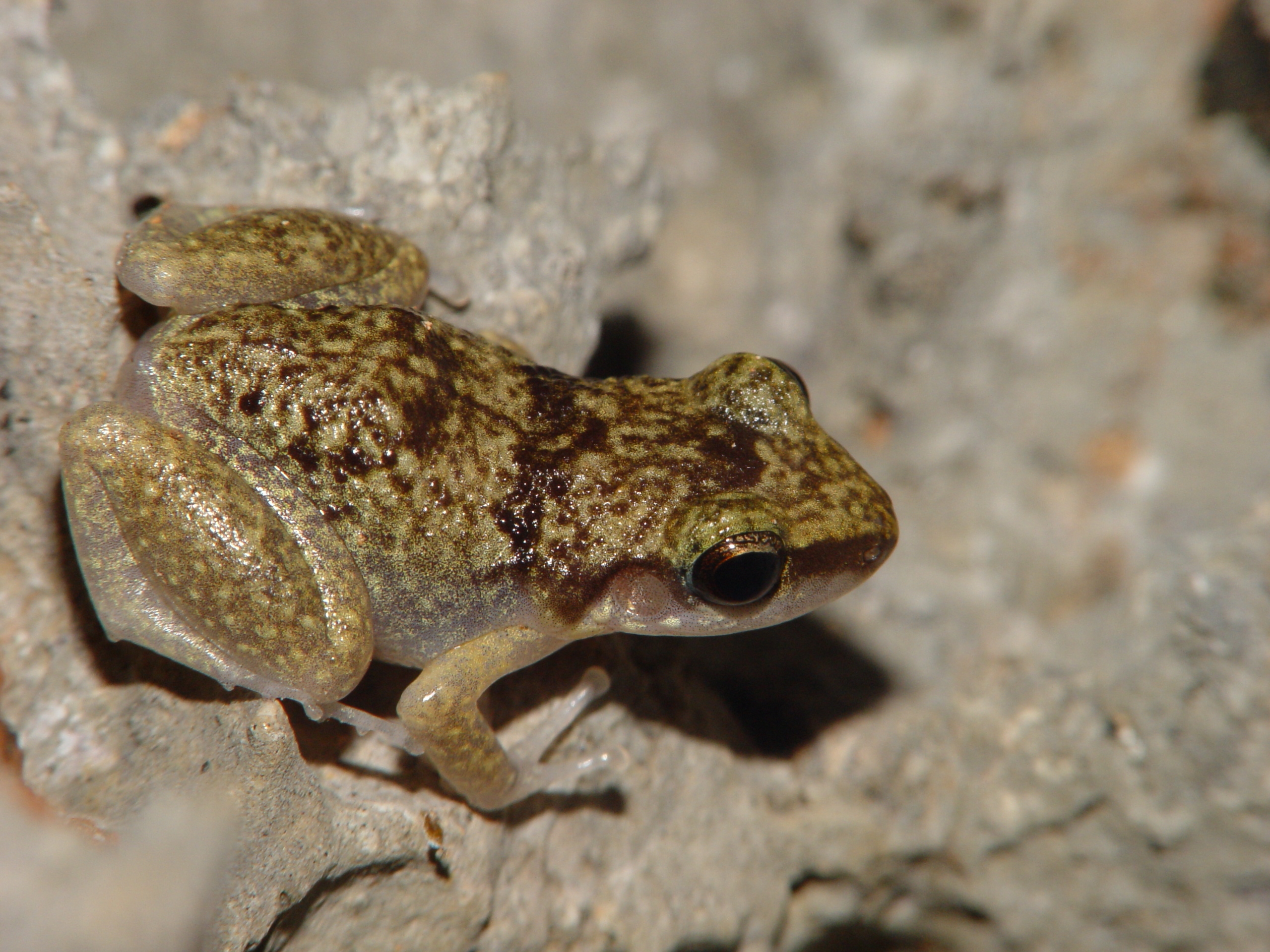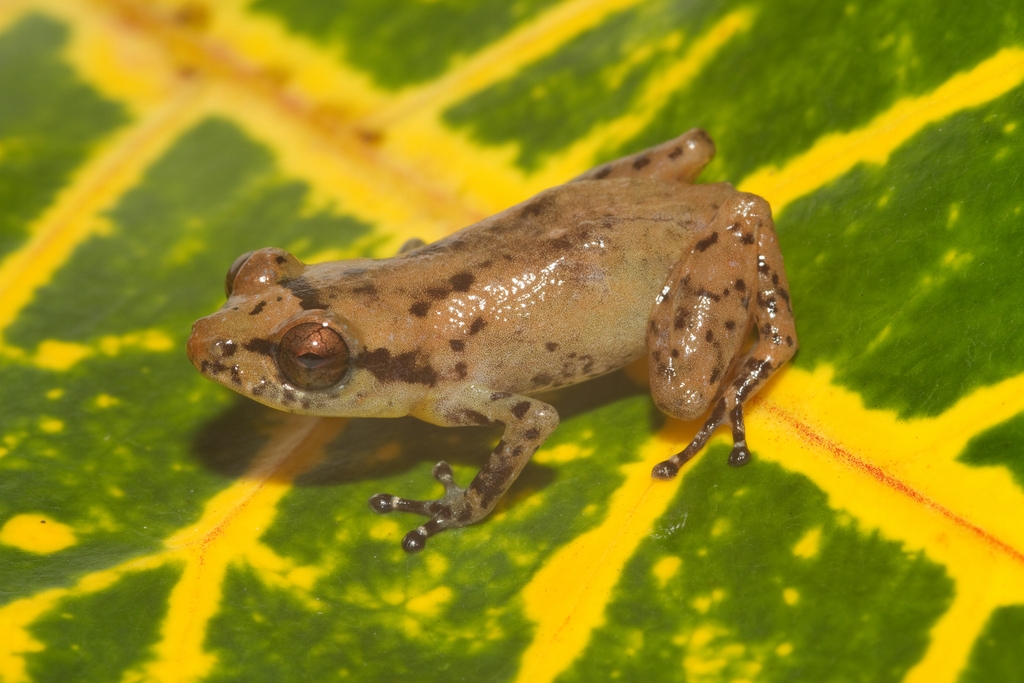Cute Frog of the Week: January 30, 2012
Can you be-leaf that this is a frog? If you don’t look closely, you might just miss the litter frog if you come across it in the forest. Even though it is relatively large in size, with females that can grow up to 3 inches in length, it practically disappears among leaf litter and tree bark. This ‘dead leaf’ pattern on its back is excellent camouflage and is most often brown or purplish in color with darker blackish and lighter yellow-orange blotches. Their toes are also webbed, but their fingers are not.
These frogs range from eastern Honduras and Costa Rica to Columbia and northwestern Ecuador. In general, these frogs are most commonly seen in Costa Rica, though their population fluctuates and their overall numbers seem to be decreasing.
Litter frogs are nocturnal and live in either tropical forests or humid, moist woodland areas along streams or rivers. They breed during the wet seasons from March to July, and prefer to do so in rocky freshwater pools along the edges of streams where their twilight chorus could easily be mistaken for birdsong. Once the breeding season is over, they often move elsewhere to slightly drier areas.
The main threats to this species are habitat degradation and destruction due to agriculture, wood extraction and cattle ranching. The species is locally threatened by dams in Venezuela and by oil pollution in Colombia. Chytrid fungus also seems to be affecting this species.
Photo by Brian Gratwicke, Smithsonian Conservation Biology Institute.
Every week the Panama Amphibian Rescue and Conservation Project posts a new photo of a cute frog from anywhere in the world with an interesting, fun and unique story to tell. Be sure to check back every Monday for the latest addition.
Send us your own cute frogs by uploading your photos here: http://www.flickr.com/groups/cutefrogoftheweek/

